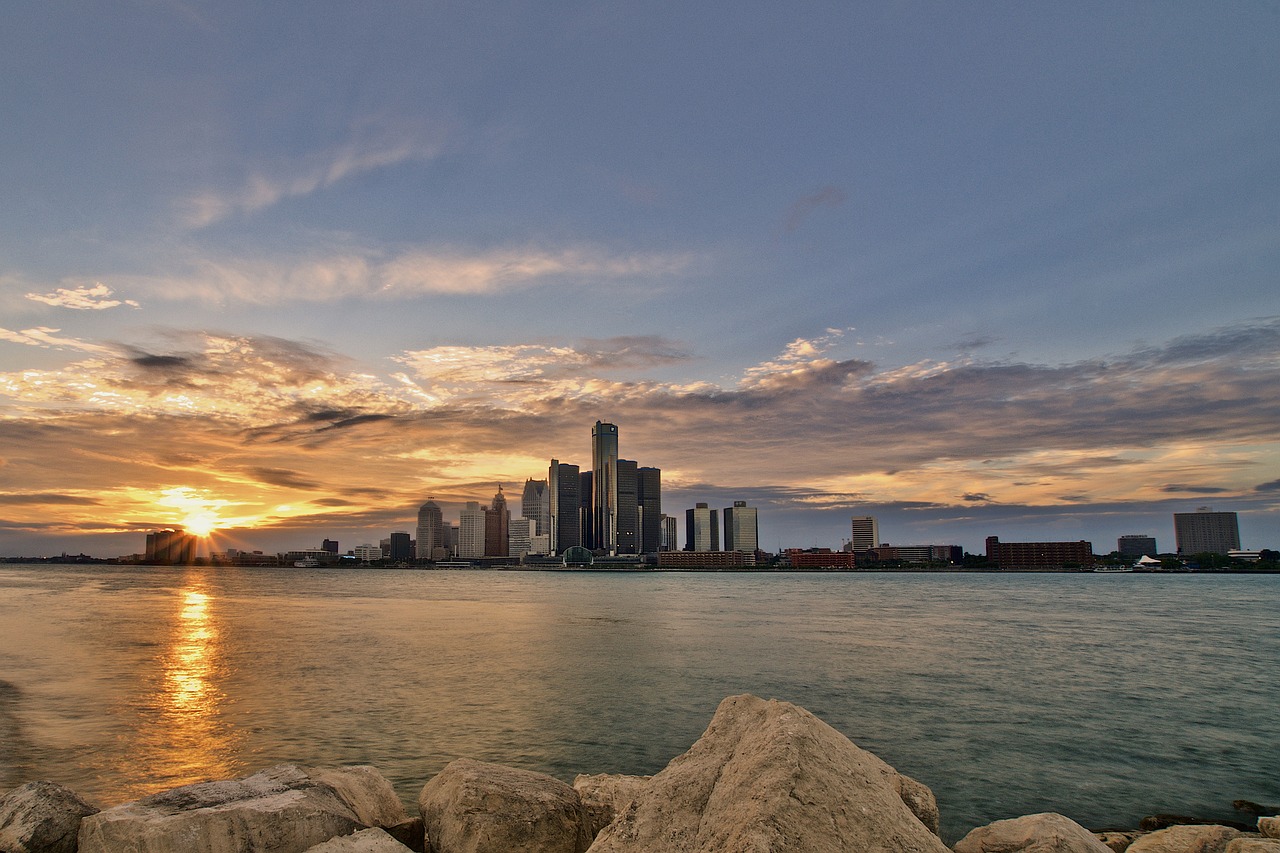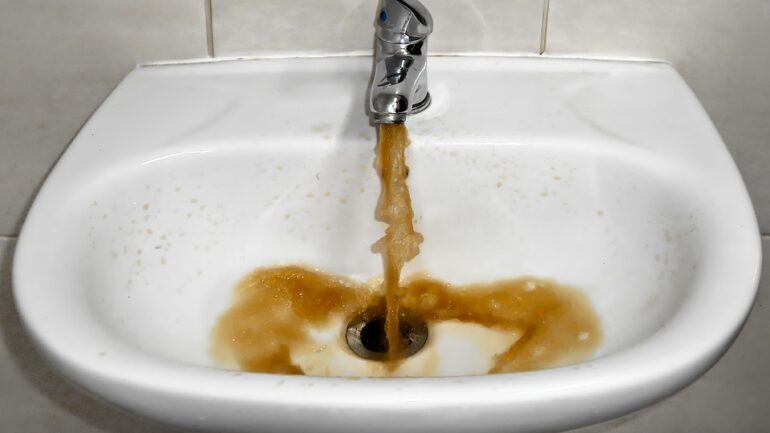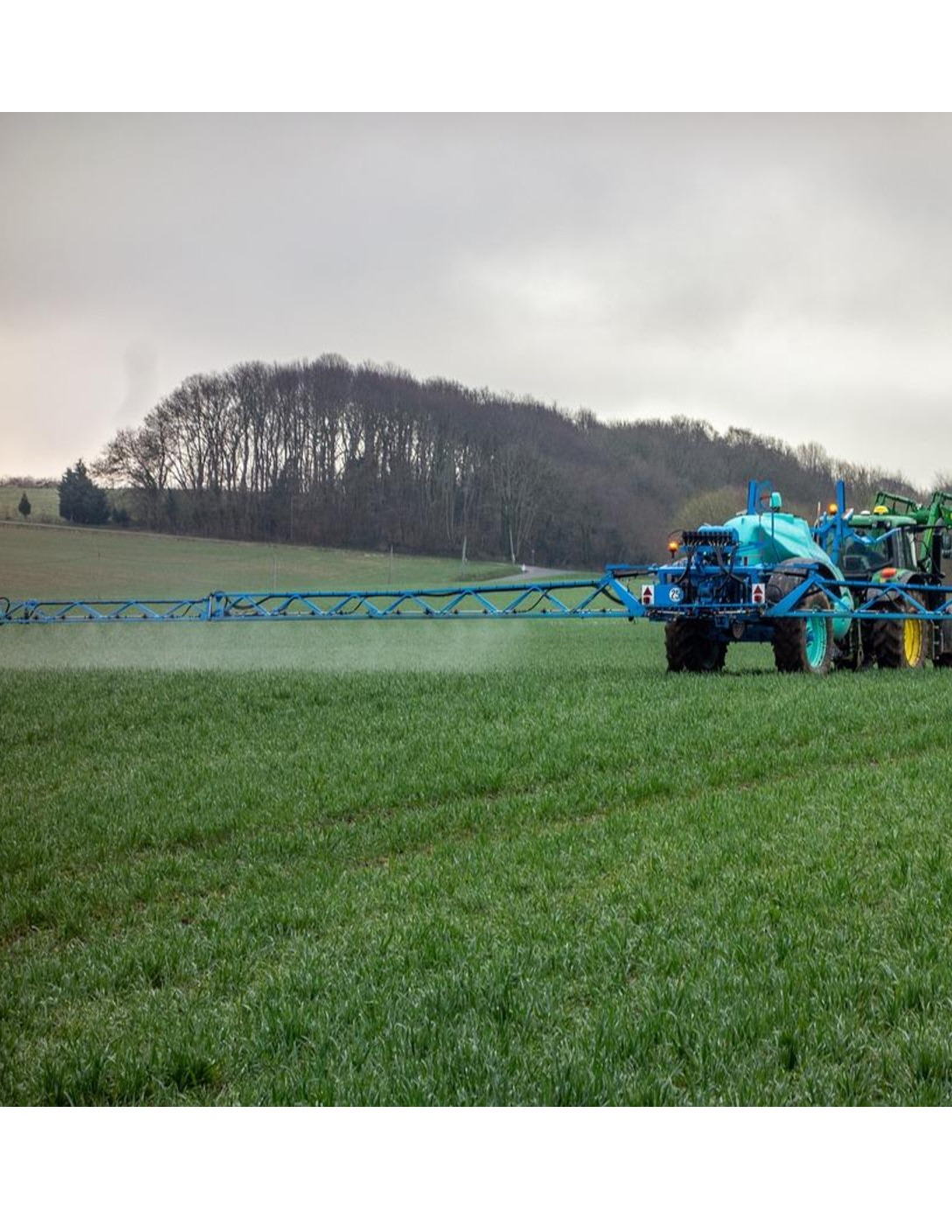By Mitriy Krause, Associate Researcher & Writer for Save The Water™ | August 15, 2022
The Great Lakes contain over 20% of the world’s freshwater. Now, their infrastructure is falling apart. Lead piping issues plague more cities than just Flint, Michigan. As a precious resource for drinking water, we shouldn’t waste the Great Lakes’ water.
Flint: The Mascot of the Lead Crisis
Nearly everyone in the U.S. knows of Flint, Michigan. It’s a city just outside of Detroit, Michigan. Several years ago, a crisis struck the city. Many old lead pipes had never been replaced. They contaminated the water supply of the city’s population. As a result, people got sick, and some even died.
The U.S. government is prioritizing the lead pipe crisis under the current administration. However, it’s hard to know if this attention will bring about real change. After all, Flint is still in a legal battle, and their crisis started eight years ago. Even when legal checks are put in place, local governments don’t always enforce them.
History of the Great Lakes
Many cities grew around the Great Lakes during an industrial boom in the 1830s. This economic boom followed the building of the Erie Canal in New York state. The canal allowed boats to transport goods between New York City and the Great Lakes.
Thus, many cities on the coasts of the lakes started around the same time. They also developed following similar patterns. Now, it means that the infrastructure is failing around the same time, too.
Lead pipes are a lead cause of contaminated drinking water. Lead poisoning is very dangerous. At-home filters can be pricey. Our world is plagued by water pollution problems. Therefore, we should treasure the freshwater of the Great Lakes.
Water contamination from lead pipes isn’t unique to the Great Lakes region. It’s seen across the country, usually in economically disadvantaged places.
The Great Lakes: A Freshwater Resource
The Great Lakes are a freshwater resource to the states around them. The Canadian province Ontario also borders them to the north.
There are several major cities on the Great Lakes:
- Chicago, IL
- Detroit, MI
- Milwaukee, WI
- Cleveland, OH
- Buffalo, NY
Only 2.5% of the water on Earth is freshwater. Of this, only 1.2% is drinkable. With a global population of nearly 8 billion people, we should value our freshwater assets. Instead, lead piping pollutes them.
The lead pipe crisis doesn’t only affect the Great Lakes region. Moreover, there are other water contamination issues affecting the Great Lakes. Still, this problem shows what we need to overcome. By solving this problem, we step closer to cherishing water the way it deserves.
Looking Forward
There are many organizations working hard to fix these problems:
-
- U.S. Environmental Protection Agency (EPA)
- Centers for Disease Control and Prevention (CDC)
- The Great Lakes News Collaborative
Furthermore, the work of Save The Water™ and all organizations researching water contamination helps us. Professionals can apply and alter local research to different regional water systems.
Without funding, replacing outdated lead infrastructure is an impossible task to surmount. However, everyone deserves access to clean water. Find out what your local government is doing to help prevent lead contamination.





